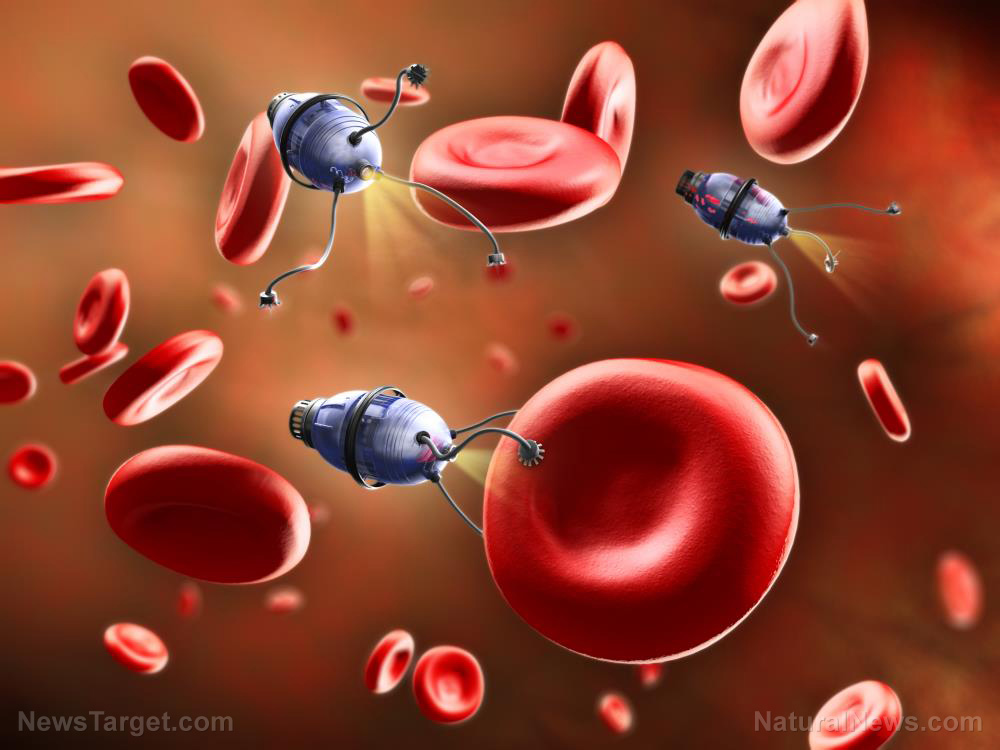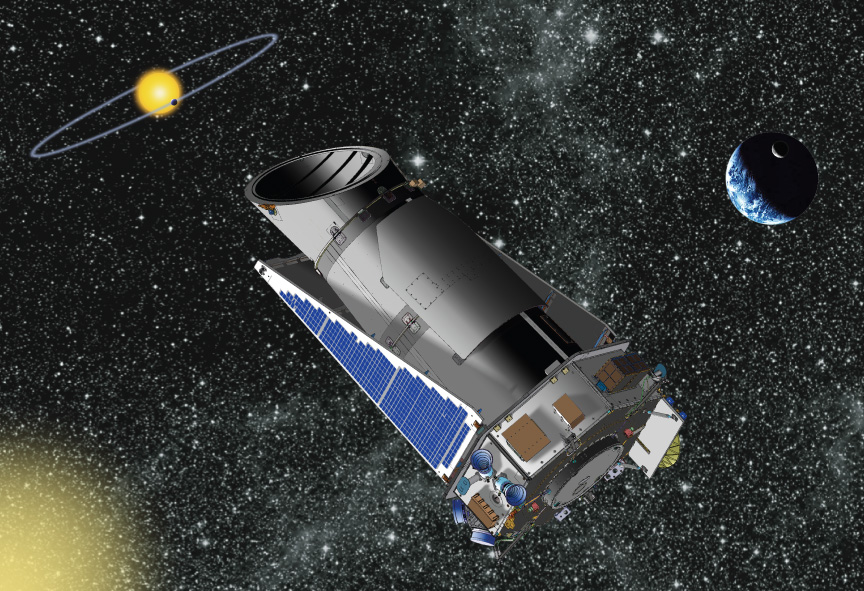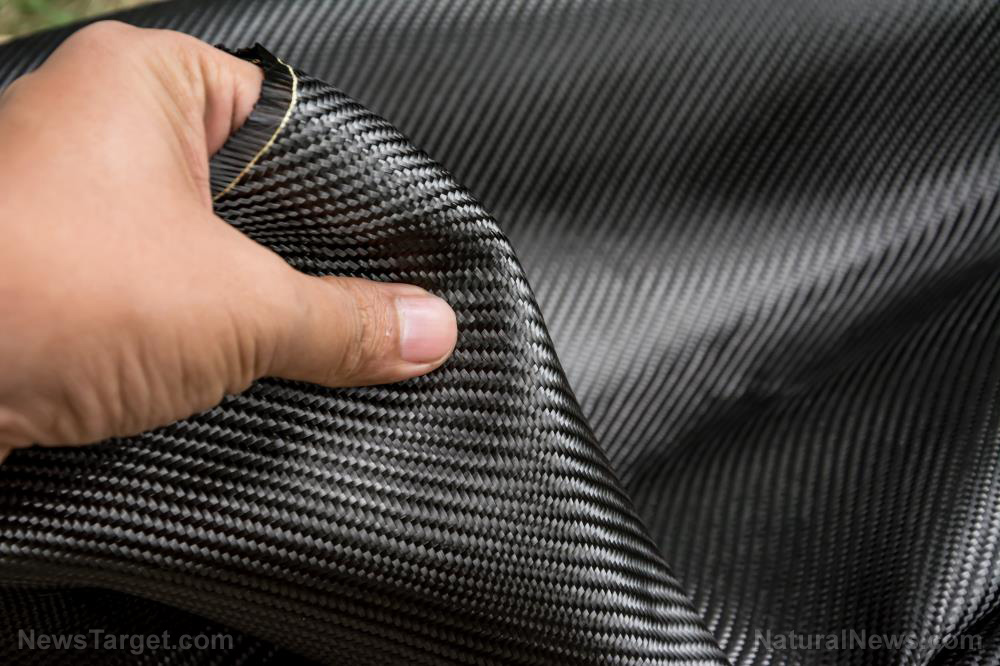Ant-sized robots powered by vibration can move material: One day, ant-robots may even be used to repair injuries INSIDE the body
06/25/2020 / By Franz Walker

A team of researchers from the Georgia Institute of Technology (Georgia Tech) recently created a new type of tiny 3D-printed robot that moves by harnessing the power of vibrations. The team believes that swarms of these “micro-bristle-bots” could one day be used to move materials, sense environmental changes and even repair injuries inside the human body.
The prototype robots are designed to move using vibrations from a variety of sources, ranging from ultrasound to even traditional speakers. The researchers can tune the tiny robots to different vibration frequencies depending on their configuration, allowing them to control the individual robots by adjusting these vibrations. At approximately 2 mm long — the size of a small ant — the robots are surprisingly spry, able to cover four times their own length in a second, despite their size.
“We are working to make the technology robust, and we have a lot of potential applications in mind,” said Azadeh Ansari, an assistant professor in the School of Electrical and Computer Engineering at Georgia Tech. “We are working at the intersection of mechanics, electronics, biology and physics. It’s a very rich area and there’s a lot of room for multidisciplinary concepts.”
Ant-sized robots powered by vibrations
As described by a paper published in the Journal of Micromechanics and Microengineering, the micro-bristle-bots consist of a piezoelectric actuator that has been glued onto a 3D-printed polymer body. The robots receive power from vibrations, either from another piezoelectric shaker beneath the surface on which the robots move, an ultrasound source or even from tiny speakers.
With these, the robot’s actuators produce their own vibrations that move their springy legs up and down, propelling the robot forward, with the amplitude of the vibration controlling the speed at which it moves.
Each micro-bristle-bot can be designed to respond to different vibration frequencies depending on leg-size, design, diameter and overall geometry.
“As the micro-bristle-bots move up and down, the vertical motion is translated into a directional movement by optimizing the design of the legs, which look like bristles,” Ansari explained. “The legs of the micro-robot are designed with specific angles that allow them to bend and move in one direction in resonant response to the vibration.”
The piezoelectric actuators used in the robots, which are made from lead zirconate titanate, also have one other benefit — they can generate an electric voltage when they are vibrated. The researchers state that this voltage can be used to power onboard sensors when they’re actuated by external vibrations.
Based on this concept, the researchers have a lot of potential applications in mind for the robots, the most ambitious of which is using them to repair internal injuries in people. However, the researchers still have some work to do before they can even begin work on that concept.
Challenges still need to be overcome before the robots can be used in the real world
The micro-bristle-bots are made with a process called two-photon polymerization lithography. While this allows the team to precisely craft the robots using a laser, the method itself is quite time-consuming.
“The process now takes quite a while,” said Ansari “So we are looking at ways to scale it up to make hundreds or thousands of micro-bots at a time.”
Further, development needs to be done on the robots themselves. The initial design that Ansari and her team demonstrated lacked the ability to steer itself. To solve this, they’re looking at a new design that joins two of the robots together to give it the ability to steer.
In this design, each of the joined robots would respond to different vibration frequencies. This would allow the team a degree of fine control over each bot.
Even if they can implement this design, Ansari concedes that there is still a lot they would need to learn about what the robots can do.
“These micro-bristle-bots walk nicely in a laboratory environment, but there is a lot more we will have to do before they can go out into the outside world,” she added.
Sources include:
Tagged Under: automation, breakthrough, future science, future tech, goodtech, innovation, inventions, micro robots, microbots, nanobots, nanomachines, nanotechnology, robotics, robots, science and technology, tiny robots, ultrasound, vibration
RECENT NEWS & ARTICLES
Physics.News is a fact-based public education website published by Physics News Features, LLC.
All content copyright © 2018 by Physics News Features, LLC.
Contact Us with Tips or Corrections
All trademarks, registered trademarks and servicemarks mentioned on this site are the property of their respective owners.


















